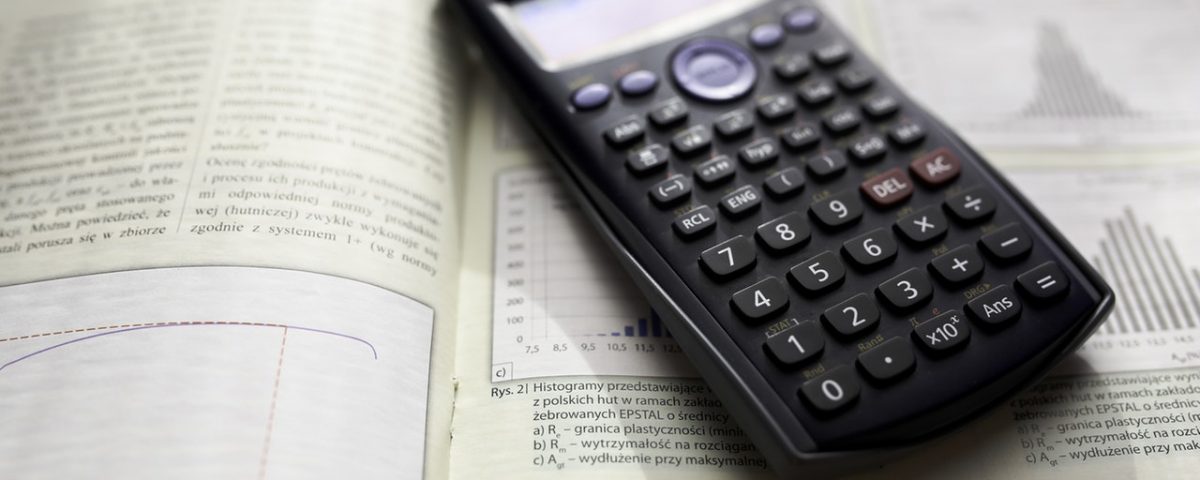Should Sophomores Take The PSAT?

Tips to Manage Your Study Time
January 17, 2019
Things To Consider When Applying To A College
February 13, 2019Should Sophomores Take The PSAT?
Once students enter their sophomore year of high school, they should already have a solid understanding of what their teachers expect from them. Because of this, students become accustomed to their workload and may feel as if they can sit back and relax. When your sophomore students have too much on time, it’s up to you as parents to whip them into shape so they can use the extra downtime to begin preparing for the PSAT.
What is the PSAT?
Think of the PSAT as a preliminary SAT test of sorts. In other words, it’s a great primer for the lengthy and grueling SAT students take during their junior or senior year. While the PSAT is an exceptional way to prepare for the SAT, it’s more than just a trial run. It qualifies you for financial scholarships. The National Merit Scholars use PSAT scores to award merit-based scholarships and aid to students earning the highest scores.
The PSAT lasts two hours and forty-five minutes. It includes Math and Evidence-Based Reading and Writing sections with a maximum possible score of 1520. The Math section tests students in algebra, geometry, and trigonometry. Meanwhile, the Evidence-Based Reading and writing section presents students with passage-based questions, which are often accompanied by visuals such as graphs, charts, and tables. Each section is worth a maximum of 760 points.
Why Sophomores Should Consider Taking the PSAT in October
The PSAT is offered nationally once each year in October. This is a fantastic time for sophomores (and even juniors) to get their feet wet in the standardized testing environment. Testing experts even note that the PSAT and SAT are almost identical in format and style; therefore, students can only benefit from taking the PSAT more than once. If students don’t achieve a desirable score during sophomore year, they may register to take it again junior year to be better equipped for the one that counts. After all, it’s like they say: “Practice makes perfect!”
Identify Strengths and Weaknesses Early On
By taking the PSAT as a sophomore, students can identify their strengths and weaknesses early on, and strategize a way to overcome these obstacles. Often times, students excel in one section while lacking guidance in another other section. Finding these discoveries during sophomore year allows students to reach out to tutors, study harder, and transform into SAT experts so that once test day rolls around, they’ll sit down with confidence and know the exam like the back of their hand.
In addition to identifying strengths and weaknesses, taking the PSAT as a sophomore familiarizes students with the standardized testing environment. From time restrictions to proctors, this atmosphere seems stressful for anyone at a first glance. However, the more students are exposed to this environment, the more comfortable they’ll feel each time. Students can then receive a boost in confidence so they can perform to their maximum potential. The end result? Higher PSAT scores. Ultimately, it can’t hurt to get a head start on the PSAT as a high school sophomore. Doing so will give students a competitive edge in the college application pool. Get a leg up and begin preparing for the PSAT now!


